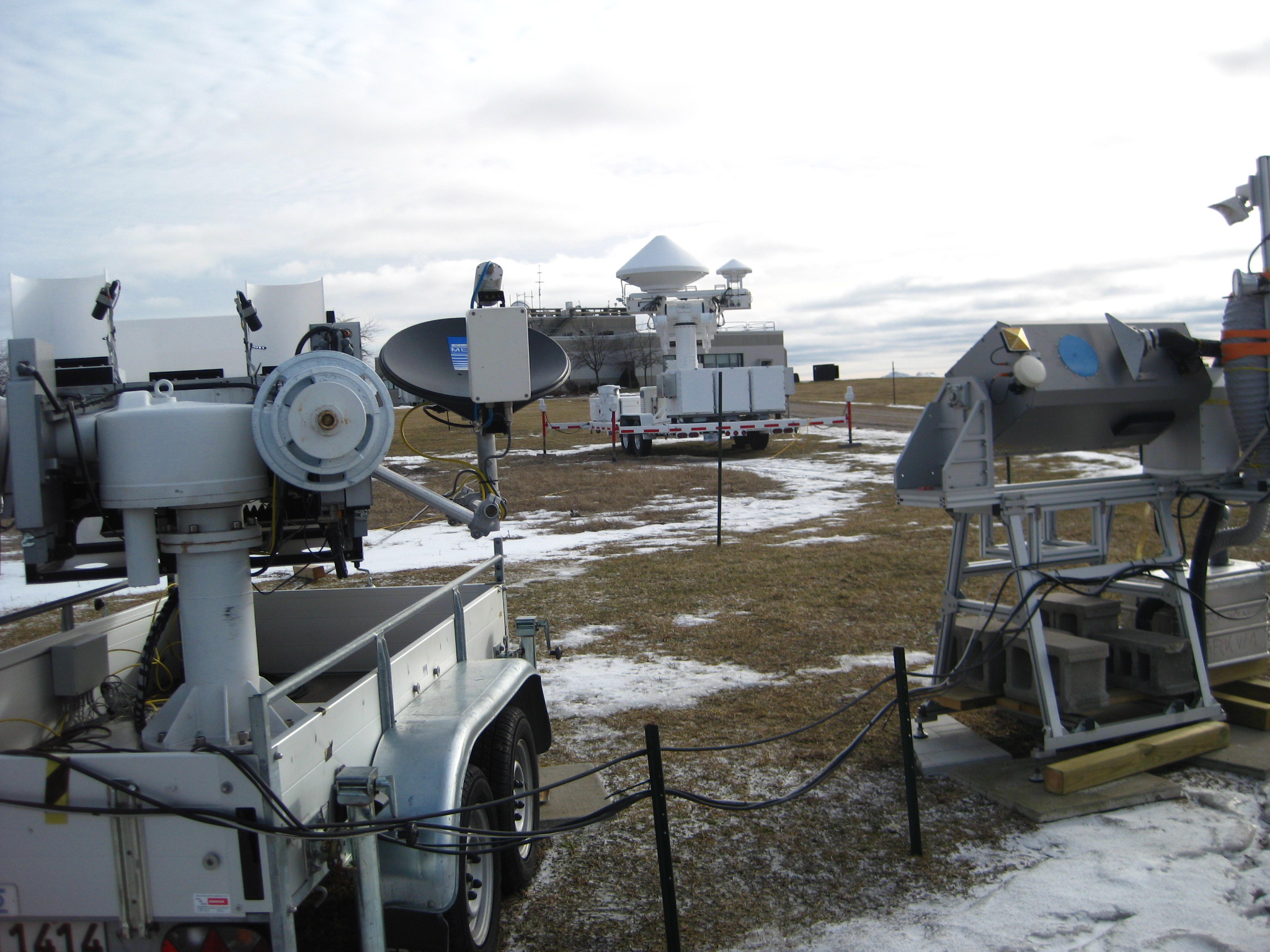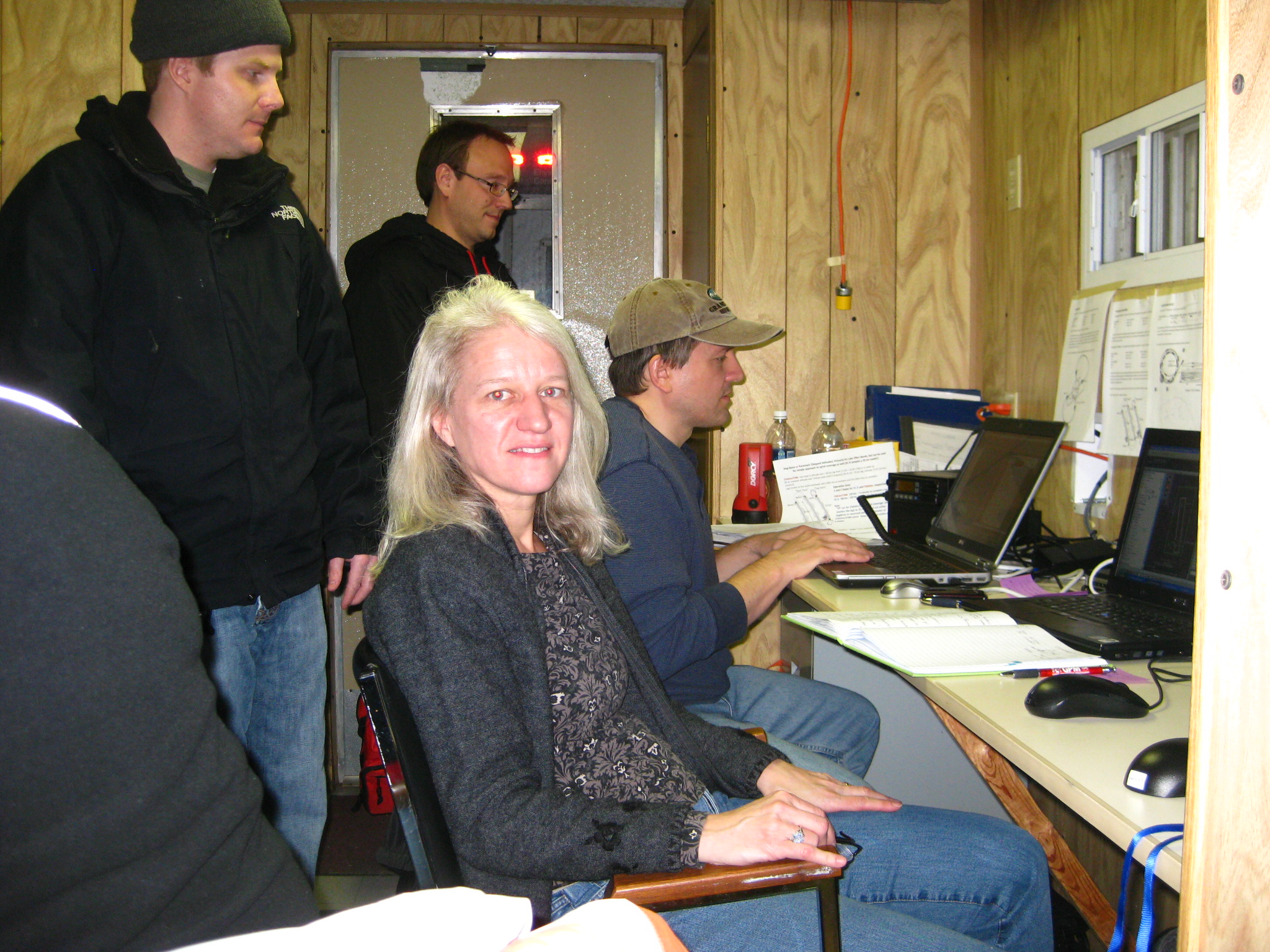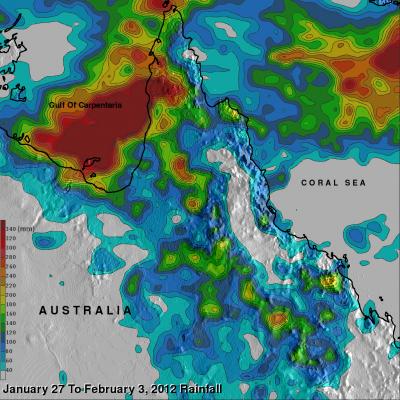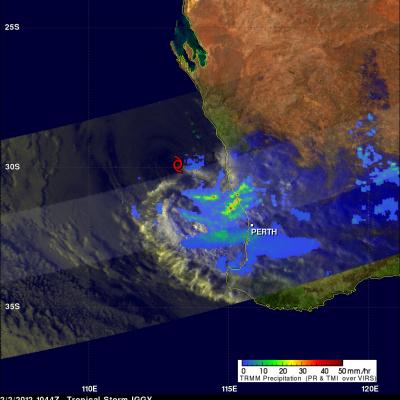GCPEx Ground Instruments

Image Caption
Three GCPEx precipitation sensors with the Environment Canada building in the background, taken 7 February 2012.
Note the low snow amounts on the ground. Sensors left to right are: ADMIRARI (radiometer; U. Bonn), D3R (radar; NASA), DPR (radar; U. Koln). [This dual-precipitation radar (DRR) is not the same as to be on the GPM spacecraft.]





